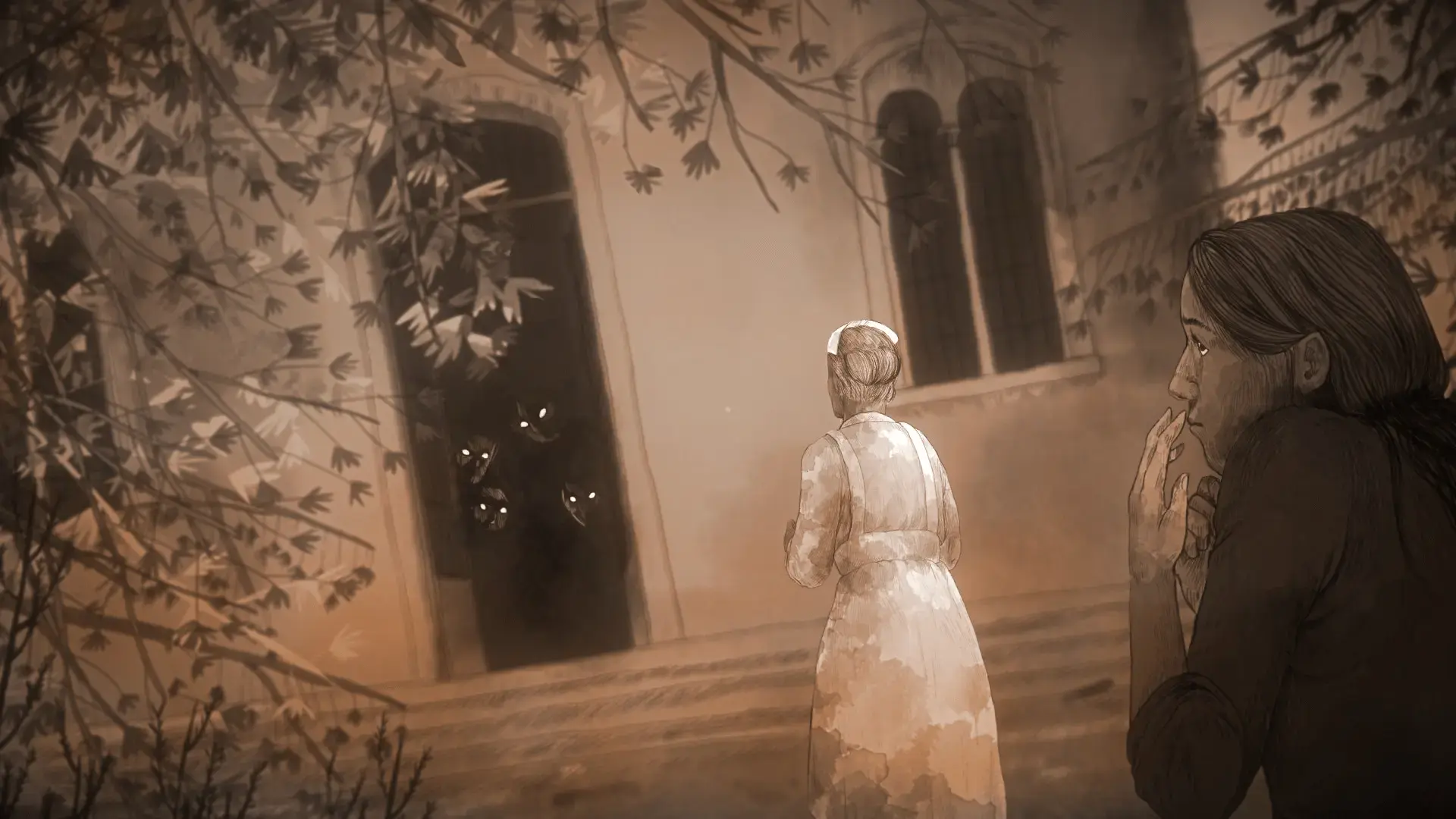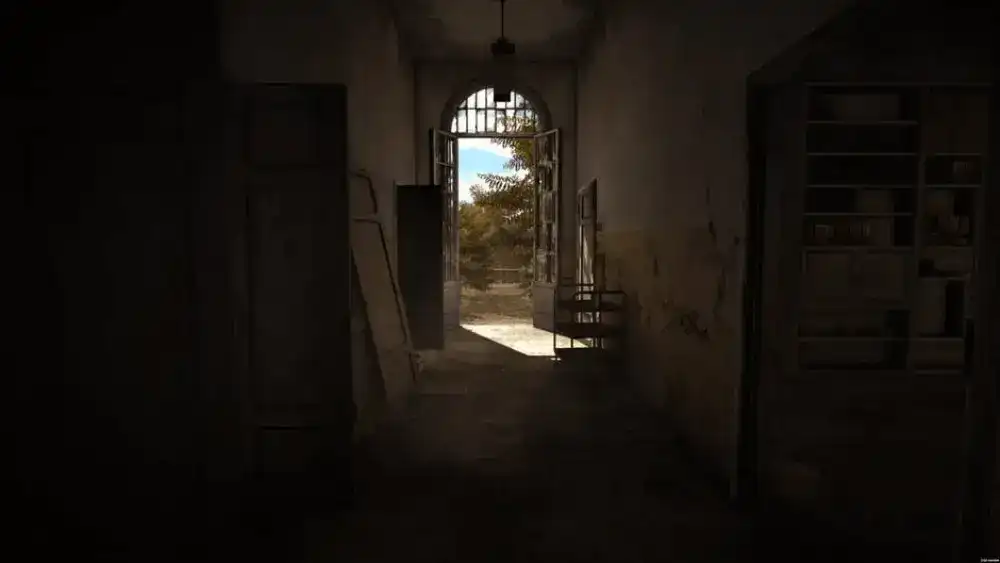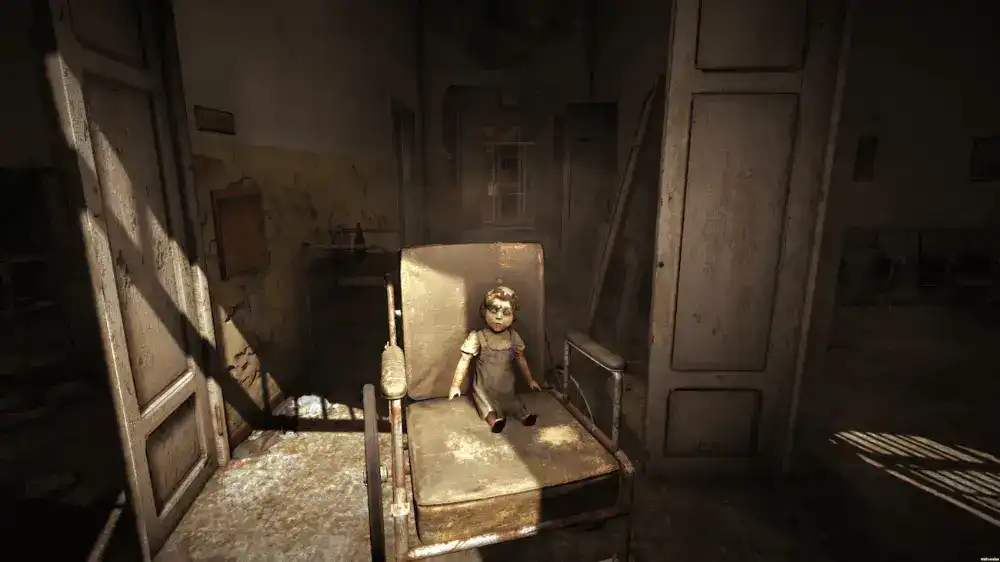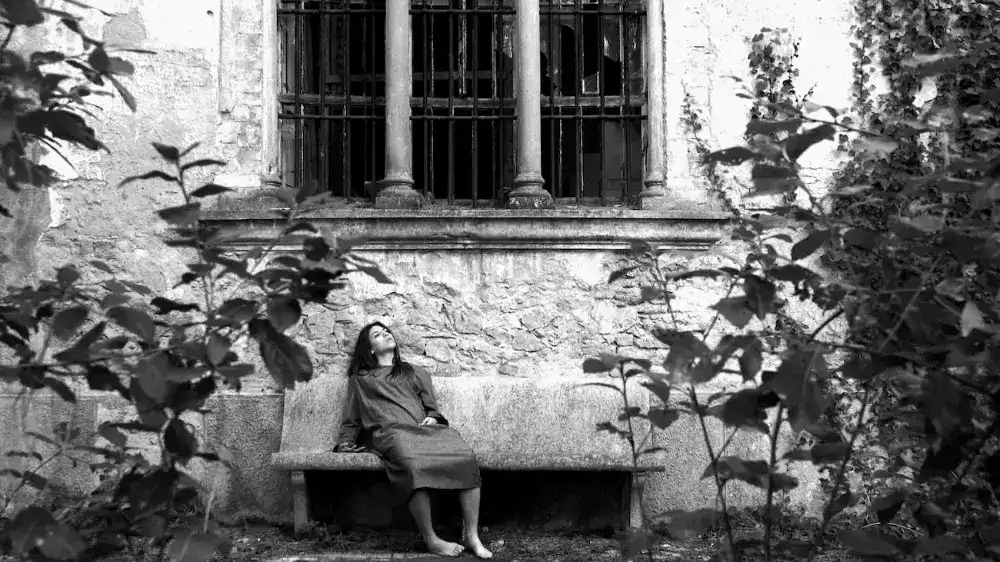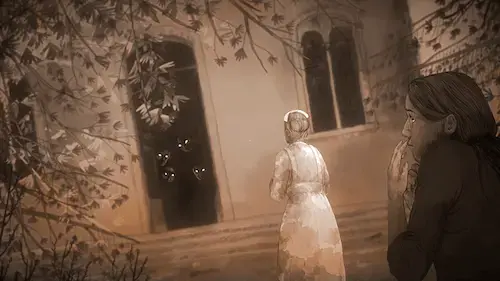The Town of Light enticed me with its hopeful title and mysterious trailer. Like a fly to the spider’s web, I was ensnared tightly by the art direction and snippets of story the psychological walking simulator allowed me to see.
Despite knowing that I’m awful with psychological horror, I couldn’t help but be drawn to this tragic story. Set in late 1930's Italy, our protagonist Renée is confined to the psychiatric hospital called Ospedale Psichiatrico di Volterra. Based on real events and facts, be warned that this isn’t a tale for the faint of heart. In fact, the narrative is heartwrenching, horrific, and brutal in ways that, despite my expectations, made me feel awful witnessing.
Let’s follow Renée, now in adulthood, as she revisits the place that ruined her life.
One Step at a Time
The Town of Light is, at its core, a walking simulator, so there’s not a lot of mechanics to look out for. That being said, exploring the hospital was an eerie experience that made me uneasy enough to stop playing sometimes. The differences between the beginning of the game, where you walk down the path to the hospital, and the ruined interior of the building are stark and chilling.
As you walk around, listening to the dreary dialogue, Renée will provide insight into what is found and what to find next. Sometimes you’ll come across medical reports of the women who were confined, peeking into the past that is both dusty and stained with a medieval distaste for what was perceived as unusual behavior. Other times, it’s a cracked doll that Renée insisted on toting around.
After reaching certain checkpoints or finding items, parts of Renée’s diary will unlock. The childish way her thoughts are illustrated only cement how young she was when her family decided to institutionalize her. The events that caused her to spiral into a long winding hole of mental illness are strongly implied, and it was heartbreaking to see her abused and unable to seek the proper help she needed.
Yet, even with the diary, I only had the beginnings of what happened to her, and not the rest of her journey.
Ruminating Like Renée
I think the best parts of the game were the flashbacks. As horrible and terrifying as they were, these vivid flashbacks helped me piece together the story that the devs set out to tell.
The scenes were unashamedly honest and unreliable at the same time, making me question more than once what was the truth and what was Renée’s truth. Nothing could prepare me for the literal maze that was Renée’s mind, forcing me to face her fears as I sweated through the darkest parts of the game. And still, the most horrifying parts of the story were the parts that were reality.
Time Only Goes Forward
Seeing her outside and free despite the odds, the real light in the story was that she had survived, yet the image of Renée sitting peacefully outside the psychiatric hospital is a sorrowful one.
For hours after my playthrough, my skin crawled with anger, sadness, and the overwhelming feeling of disgust. I felt like I shouldn’t have witnessed what she and many women went through during that time period, yet it was something I felt was mandatory to know.
Renée embodied the fears and struggles of a person thought as less-than in a society where normalcy was dictated as something that simply wasn’t her. I was left with the thought that I could have been another Renée had society not decided to move forward and properly (or at least attempt to) address the stigmas against women and mental health.
The Town of Light is an excellent example of how storytelling in games can bring the more messy and taboo topics to light with immersion, great narrative design, and intensive research. So those of you who are brave enough to face the truth, give The Town of Light a try and witness one of the many quiet, dark moments in human history.
